While sun seekers might be enjoying the record-breaking heatwave it’s causing havoc for travellers around France and Paris commuters, just as the summer holiday season is about to begin.
Rail chiefs are warning of delays on trains around the country claiming the heat was affecting power cables. And with Friday marking the start of the holidays, traffic monitoring associations are warning that it will get hot on French roads, particularly around Paris.
Thousands of commuters in Paris faced travel misery in scorching temperatures on Wednesday when services had to be suspended on one of the main lines out of the city’s Saint-Lazare station at the height of rush hour.
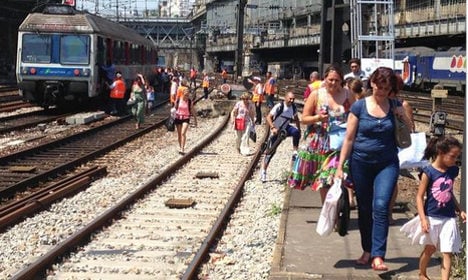
The problem was caused by the heat causing electrical faults on the overhead lines. Passengers were forced to walk along tracks to safety and hordes of frustrated commuters packed on station platforms in the sweltering heat.
There was also reports of 500 passengers being stuck on a train from Orleans to Paris for four hours when two wagons overheated. Passengers complained that they were not given water dispute the air conditioning having broken down.
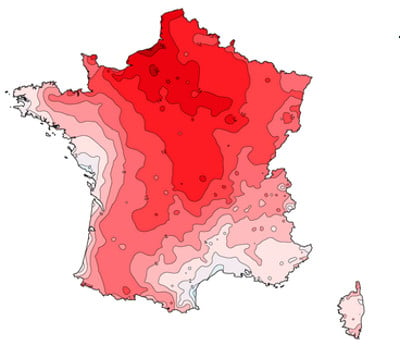
There were also reports of passengers forcing doors open on RER trains in Paris after becoming frustrated by delays.
French rail chiefs SNCF have warned that as long as temperatures remain high then the delays will continue as trains will be forced go slower
With half of the country on alert and the heatwave set to continue well into the weekend, the start of the summer holiday season could be severely disrupted.
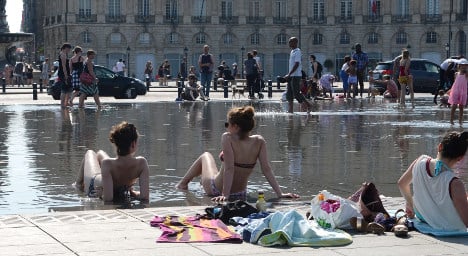
Sunbathers in Bordeaux make the most of the high temperatures. AFP)
“When it’s 40C, you need to take even more precautions because safety is the priority above all. There will be delays.” said SNCF chief Guillaume Pepy.
SNCF said once temperatures rise above 35C it starts to deform power cables, which need to be completely straight for the electrical system to work.
It promises to be tough on the country's roads too with traffic monitoring organisation Bison Futé warning that Friday and Saturday will see severe traffic jams around the Paris region as the capital's inhabitants head out of the city.
A total of 51 départements across France are now on alert for the heat – roughly half the country as the temperatures are set to remain high for the coming days.
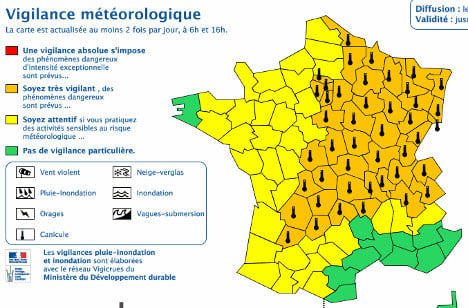
The heatwave has seen record temperatures across parts of northern of France, with the mercury in Paris reaching 39.7 – the highest since 1947.
Weather agency Météo France warns that it the heatwave could last into the beginning of next week.
Here's the weather outlook for Thursday afternoon.
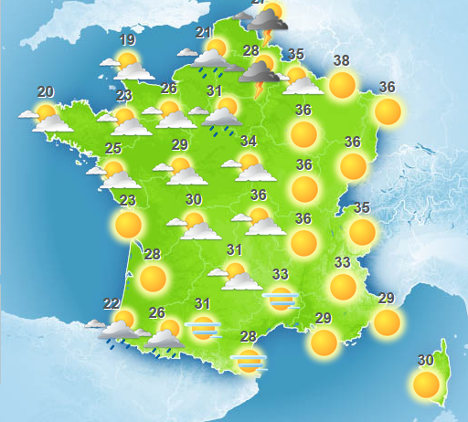


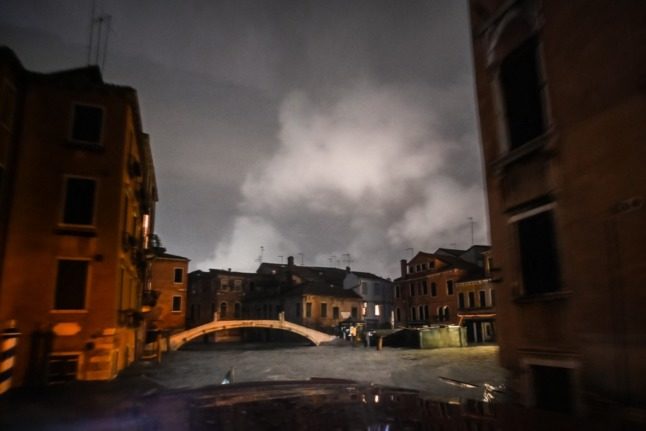
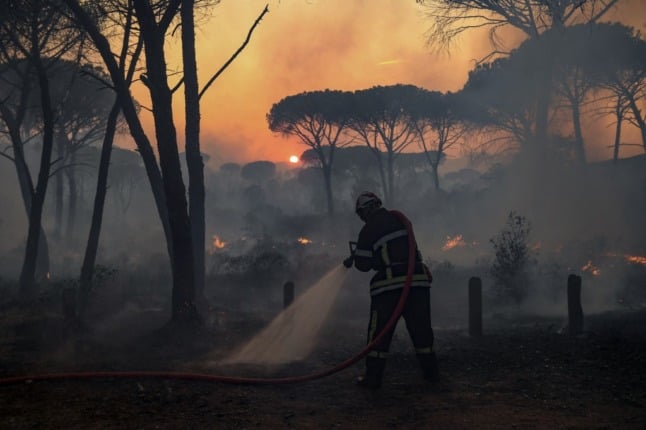
 Please whitelist us to continue reading.
Please whitelist us to continue reading.
Member comments